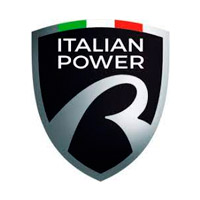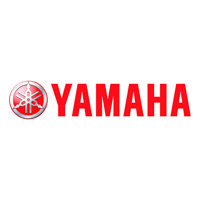

YAMAHA YT495
Professional tiller for agricultural use
95cm
Yamaha petrol engine
This guide helps users choose the right tiller for soil cultivation. Soil tilling is essential to prepare land for seeding or transplanting: by breaking up and refining soil with a tiller, nutrients can penetrate and be absorbed evenly.
Professional tillers also remove weeds and roots, creating ideal conditions for seed germination. Tillers vary based on user needs, so understanding their key features is crucial before purchasing.
Tillers are agricultural tools designed to plow, refine, and turn soil.
Their primary function is preparing land for seeding, cultivation, or planting by eliminating weeds, plant residues, and debris, ensuring well-aerated soil ready for plants.
Tillers can create seed beds, prepare land for lawns/gardens, and work soil in small spaces like home gardens.

Choosing the right tiller depends on: work area size, soil type, and intended use.
Main tiller categories:

The working width determines how much soil can be processed in one pass, affecting work speed and efficiency.
Depends on the number of tines installed.
Tiller tines are rotating blades beneath the machine that cut and turn soil. Adjustable depth accommodates different soil needs. Common widths:

Gears adjust speed and power according to needs. Common configurations:

Crucial for safety and efficiency. Powerful engines (10-12 HP) handle tough terrain while maintaining stability.
Proper power-to-weight ratio prevents bouncing and improves maneuverability.
Key differences:
Choice depends on area size and work type.

















